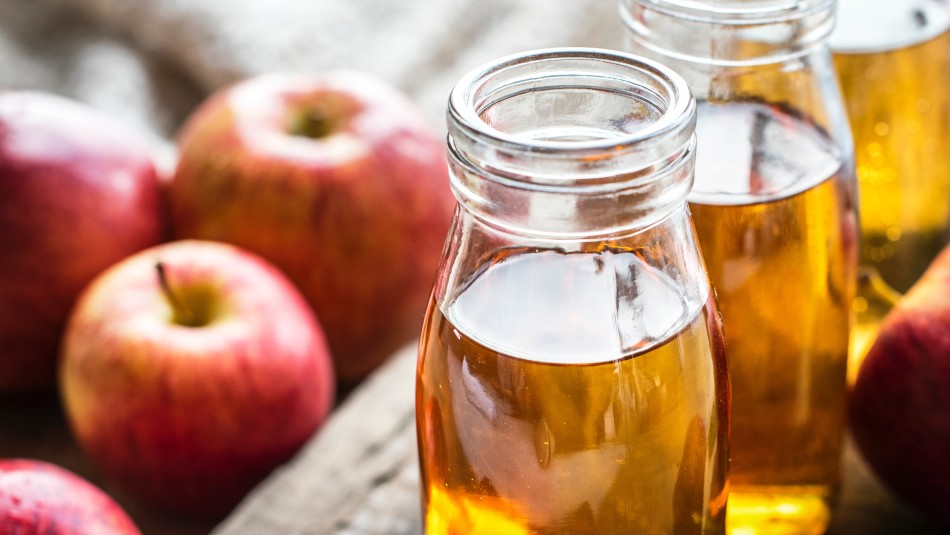Differences between clear and cloudy apple juice

Differences between clear and cloudy apple juice
1 min read
The scientific evidence[1] suggests a range of potential health benefits associated with consuming apples, including 100% juice.
But does it matter whether we’re drawn towards the cloudy or clear varieties when it comes to our choice of apple juice? Read on to compare apples with apples.
A 2022 review of human trials in Nutrients[2] found an association between cloudy apple juice and signs of cardiovascular health. The authors said these signs could also be relevant to brain health. Most of the included trials focused on health markers, such as oxidative stress, inflammation, blood lipids, and blood glucose control.
In their concluding remarks, the authors said: “The beneficial effects of apple juice are more apparent with cloudy apple juice than clear apple juice, probably due to its lower nutritional density. It is likely that whole apples are superior to apple juice. However, apple juice may constitute a convenient and easy way to increase fruit consumption and improve overall quality of the diet when consumed in moderation.”
Additionally, pressed or cloudy apple juice tends to contain a small amount of fibre, while clear apple juice has none, as all of the pulp and peel has been removed. The natural sugars in clear apple juice may be higher than in cloudy apple juice or whole apples. However, there's still a nutritional benefit to be gained from the bioactives in clear apple juice, which you don’t find in sugary soft drinks or energy drinks.
What’s more, a study in the Journal of the American College of Health[3] concluded that there were no significant risks for poor glucose control or cardiovascular markers in healthy young adults following consumption of two daily servings of clear apple juice.
So, whether your preference is for clear or cloudy, the good news is there’s every reason to continue enjoying a glass of 100% apple juice.
[1] Hyson et al. (2011). https://academic.oup.com/advances/article/2/5/408/4557935
[2] Marcotte et al. (2022). https://www.mdpi.com/2072-6643/14/4/821
[3] Martinez et al. (2022). https://pubmed.ncbi.nlm.nih.gov/35080487/
